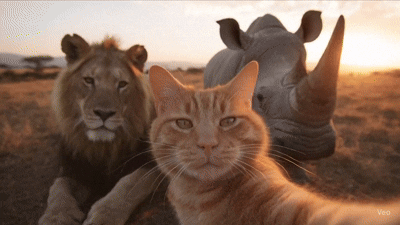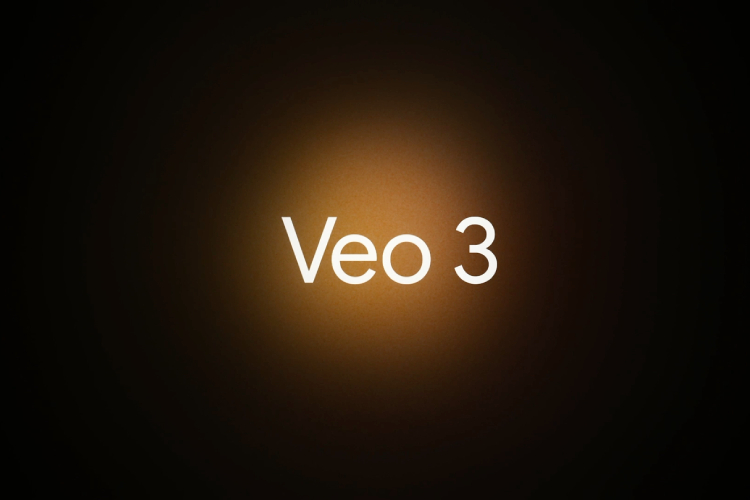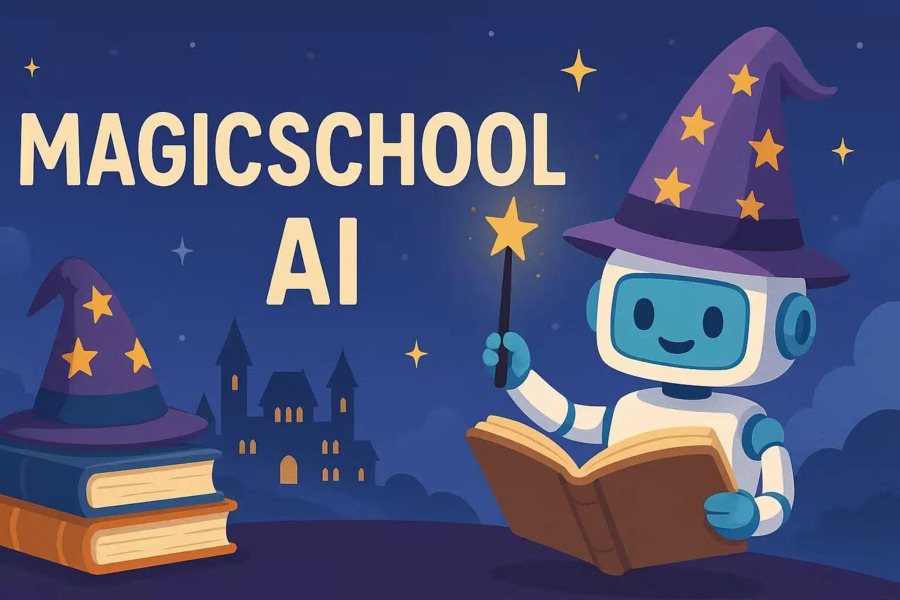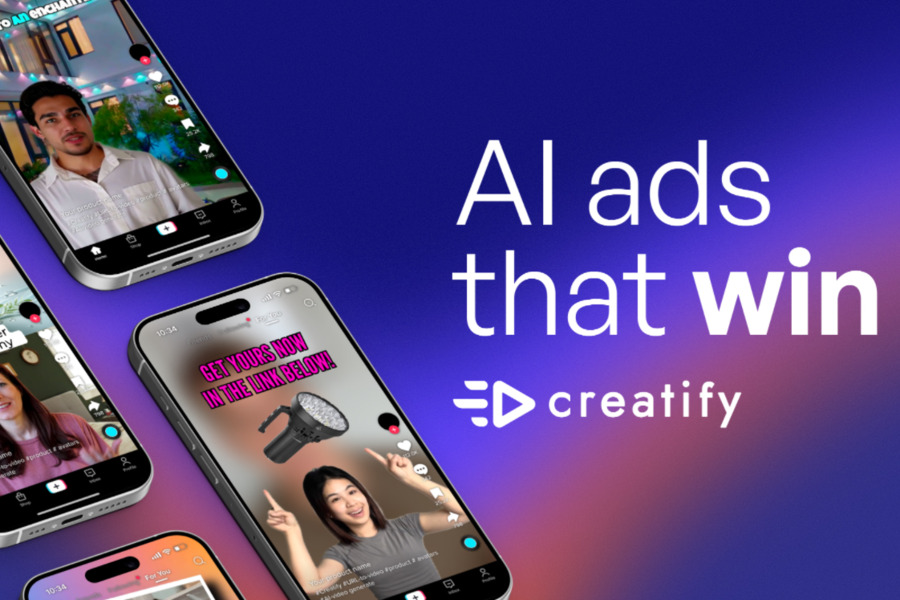In July 2025, Google announced the addition of an “Image to Video” feature to its Veo 3 AI video generator, a development that quickly garnered the favor of content creators. According to official data, since its launch, the Google Veo 3 video generator has seen users create over 40 million videos in just seven weeks through the Gemini application and Flow tool. Integrated with Gemini and Flow, this AI tool transforms static images into dynamic 8-second narratives with character consistency, professional camera movements, and contextual audio. Available exclusively to Google AI Pro/Ultra subscribers, Veo 3 operates on a credit system, prioritizing quality over speed.
AgiYes will conduct an in-depth analysis of this practical feature, providing a comprehensive understanding of how Google Veo 3 is redefining visual storytelling.
What is Google Veo 3?
Google Veo 3 is not an isolated entity but an integral part of Google’s extensive AI ecosystem. As Google’s latest AI video generation tool, Veo 3 is closely integrated with the Gemini application and Flow creation platform. Gemini serves as the user entry point, Flow provides a professional creation environment, and Veo 3 acts as the core technological engine. Together, they form the “iron triangle” of Google’s AI video generation.
It is particularly noteworthy that Veo 3 is not merely a simple video generator. Google has positioned it as a “breakthrough tool in AI storytelling.” It can understand the narrative potential of visual elements and transform static images into emotionally rich and dynamically engaging video content. This capability makes it uniquely valuable in fields such as advertising, animation, and education.
The development trajectory of Veo 3 reflects Google’s strategic layout in the generative AI field. In May 2025, Google first introduced Veo 3-driven video generation capabilities at its I/O Developer Conference, focusing primarily on text-to-video generation. Just two months later, Google added the image-to-video conversion function to Veo 3, an impressive iteration speed.
Currently, Veo 3’s services cover over 150 countries and regions worldwide. However, access is still restricted to subscribers of the Google AI Ultra and Google AI Pro plans. This “high-end-first” promotion strategy ensures service quality while also accumulating valuable data for subsequent feature optimization.

In-depth Analysis of Google Veo 3’s Image-to-Video Function
The design of Veo 3’s image-to-video function prioritizes user experience and simplicity. Users can simply select the “Video” option in the prompt box through the Gemini application or Flow platform, upload a photo, and initiate the generation process. It is worth noting that users can also describe the desired audio in the prompt to add sound to the video. This multimodal interaction greatly enriches the possibilities for creation.
Once the generation is complete, users can preview the result directly on the platform and choose to download the MP4 video file or share it on social media. The entire process, from upload to generation, typically takes only a few minutes. This instant feedback in the creation experience is one of the key factors attracting a large number of users.
Veo 3’s most remarkable ability lies in its magic of transforming a single static photo into an 8-second dynamic video. Unlike simple animation effects, the videos generated by Veo 3 have a surprising degree of narrative completeness—characters have natural expressions, the camera work is professional, and it can even automatically generate background music that fits the context.
In practical tests, when using an Iron Man image and entering the prompt “let him talk something,” Veo 3 can generate two vastly different versions: one with a serious style similar to Optimus Prime from Transformers, and another that perfectly matches Iron Man’s humorous personality. This ability to understand and express character traits gives Veo 3 a unique advantage in fields such as animation and advertising. Some creators have already used this function to transform images generated by Midjourney into professional-level Chanel advertising shorts.
Particularly noteworthy is Veo 3’s “character consistency” technology, which ensures that the same character maintains a highly consistent appearance and features across multiple shots. This breakthrough solves the long-standing problem of character drift in AI video generation, making continuous storytelling possible. In addition, Veo 3 has introduced professional camera movement functions, such as dolly in, further enhancing the cinematic feel of the generated videos.

Google Veo 3 Image-to-Video Operation Guide
To use Veo 3’s image-to-video function, users must first ensure they have a subscription to the Google AI Pro or Ultra plan. Here is the specific operation process:
1. Platform Selection: The function is now fully available on the Flow creation platform. Users need to log in to Flow and select the “Frames to Video” option. In the Gemini application, the function is being rolled out gradually.
2. Material Preparation: Upload a high-resolution image with a clear subject. Tests have shown that images with a resolution above 720p and in a 16:9 or 9:16 aspect ratio work best. Avoid using complex images with too many subjects.
3. Parameter Settings: Users can choose between “Fast” and “Quality” generation modes. The latter consumes 100 credits (five times that of the former) but provides higher video quality. It is important to note that selecting both the first and last frames will disable Veo 3 and revert to Veo 2.
4. Audio Description: In the prompt box, users can describe the desired audio effects, such as “add cheerful background music” or “let the character speak in a deep voice.” The more specific the description, the more likely the result will meet expectations.
5. Generation and Optimization: After submission, wait for a few minutes to get the result. If the effect is not satisfactory, adjust the prompt or try a different generation mode.
Google Veo 3 Pricing Strategy
Google has designed a clear tiered access strategy for Veo 3. Currently, the image-to-video function is only available to subscribers of the Google AI Ultra and Google AI Pro plans, and it is not accessible to ordinary users. This setting reflects Google’s intention to position Veo 3 as a professional-level tool.
In terms of specific restrictions, even with a premium plan, users are limited to generating up to three videos per day, and unused quotas do not carry over to the next day. This limitation may be to prevent system overload and also reflects the fact that AI video generation is still a computationally expensive service.
In terms of resource consumption, Veo 3 uses a credits system. The Fast mode consumes 20 credits per video, while the Quality mode consumes as high as 100 credits. This fivefold price difference reflects the significant difference in computational resource requirements between the two modes.
Summary and Outlook: The Future Trajectory of Image-to-Video Technology
Google Veo 3’s image-to-video function represents a significant leap in the field of AI content generation. By transforming static photos into dynamic narratives full of life, it greatly lowers the threshold for video creation and endows ordinary people with professional-level visual expression capabilities.
However, this technology also faces many challenges. The current 8-second duration limit, while suitable for social media clips, is still insufficient for more complete storytelling. The daily limit of three video generations may also become a bottleneck for professional creators. In addition, the copyright ownership and ethical use of AI-generated content are issues that urgently need to be discussed and regulated by the industry.
As a milestone in the field of AI video generation, Veo 3’s image-to-video function not only demonstrates the possibilities of the technology but also heralds the arrival of a new era of visual creation. In this era, everyone can become a storyteller, and AI will be a powerful partner in amplifying human creativity. For content creators, now is the best time to explore and master this tool to gain an edge in the upcoming visual storytelling revolution.



